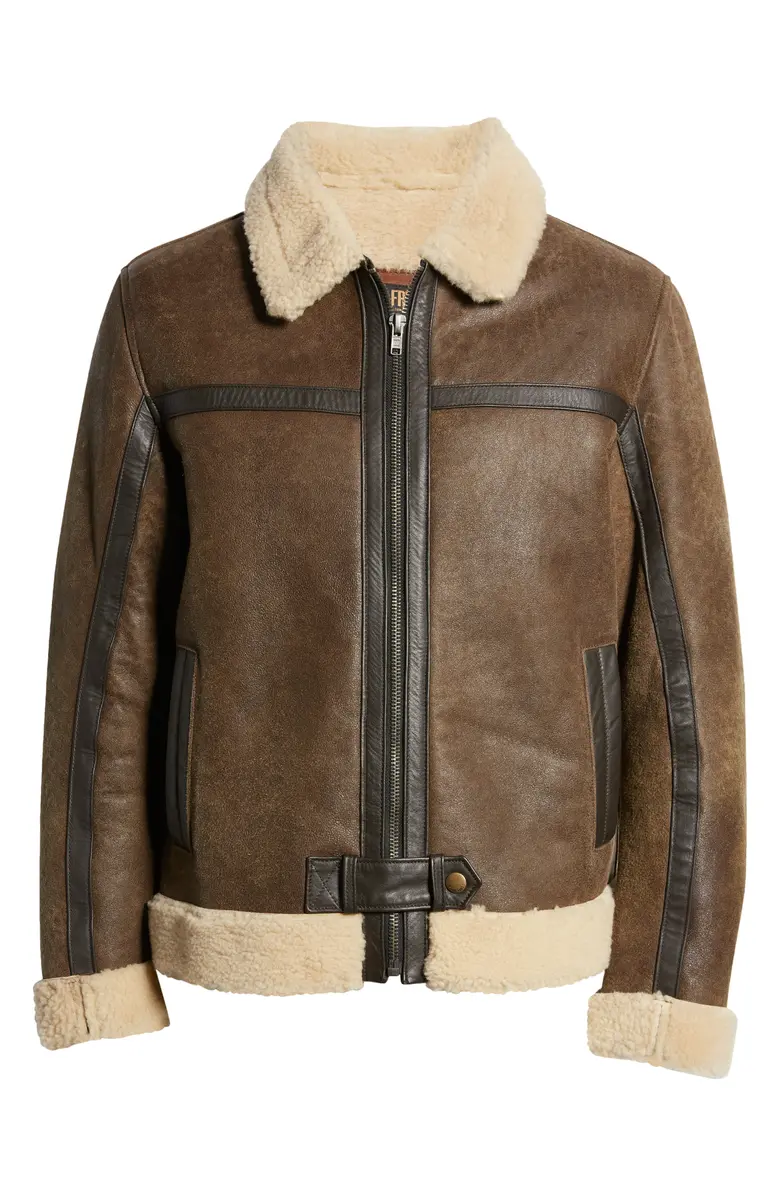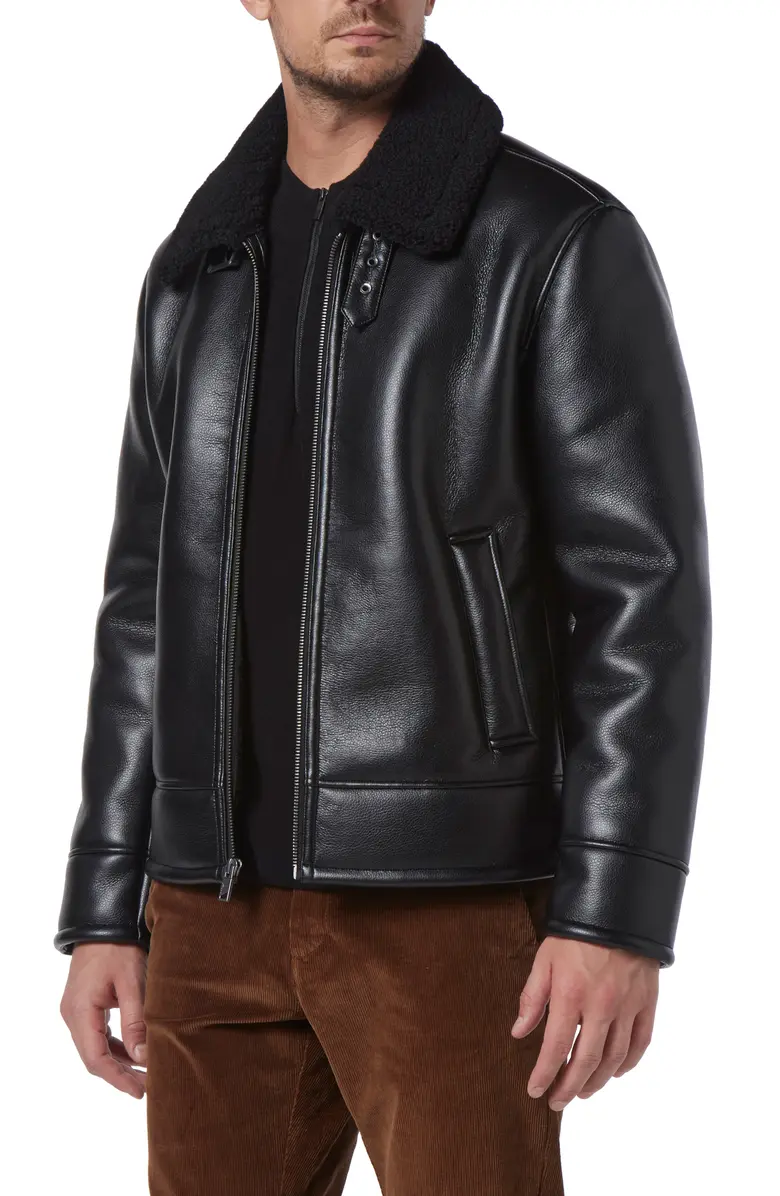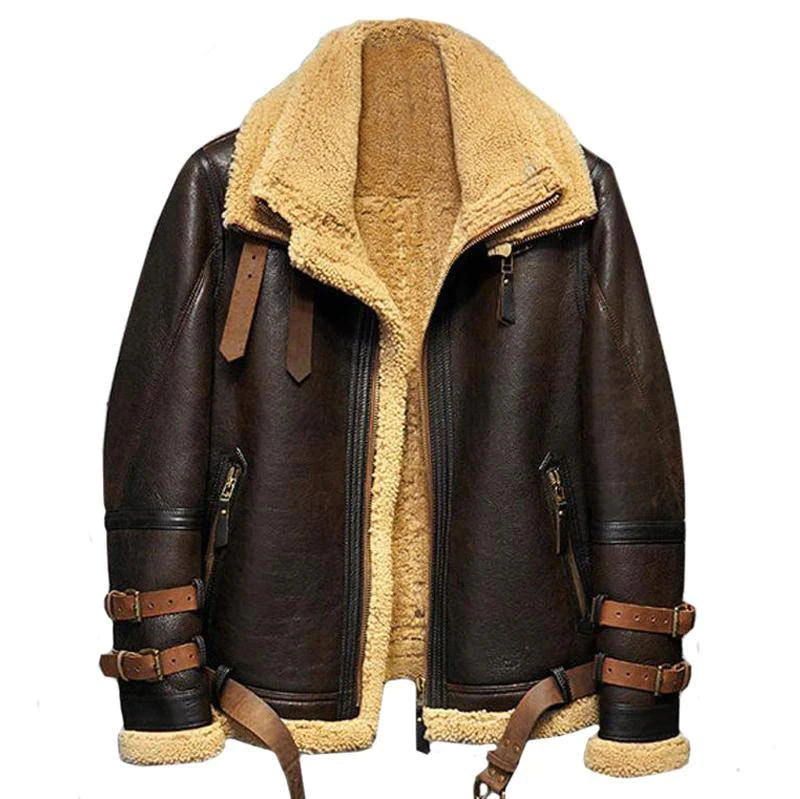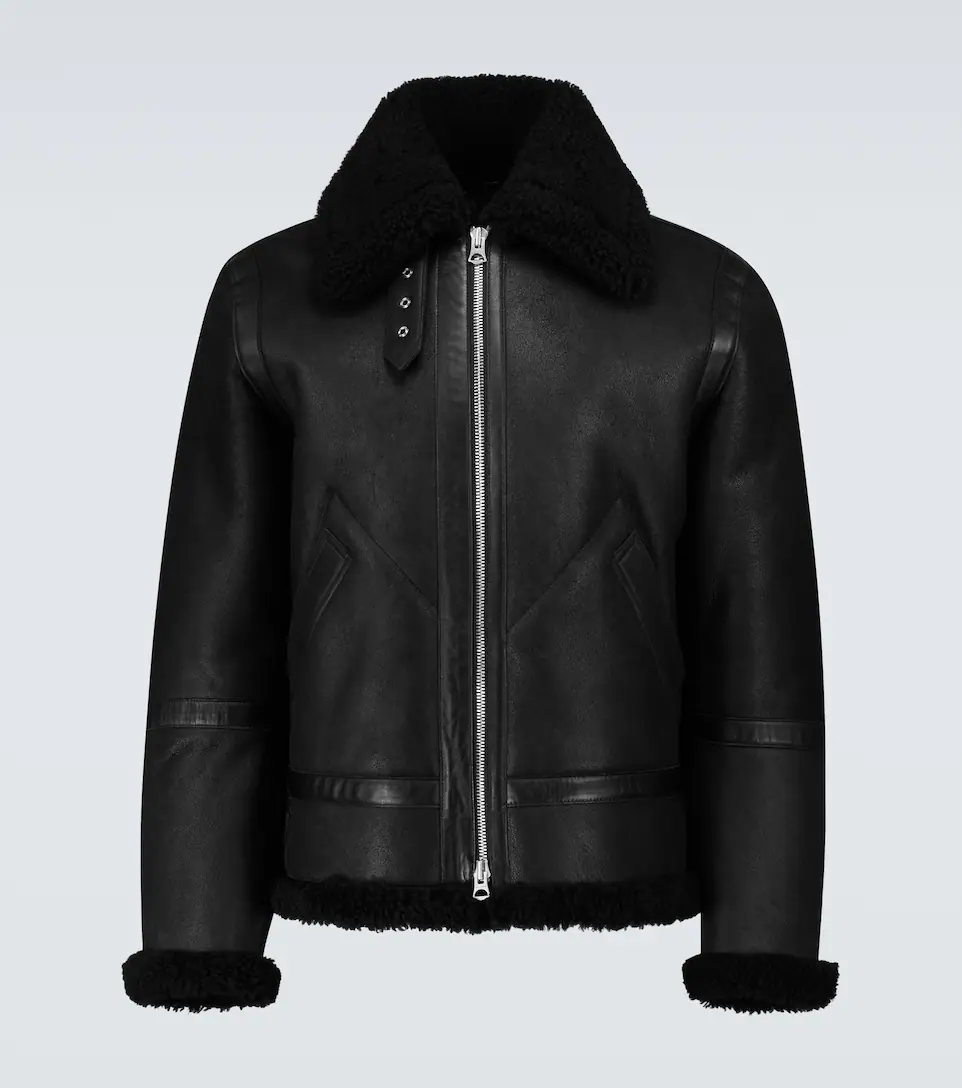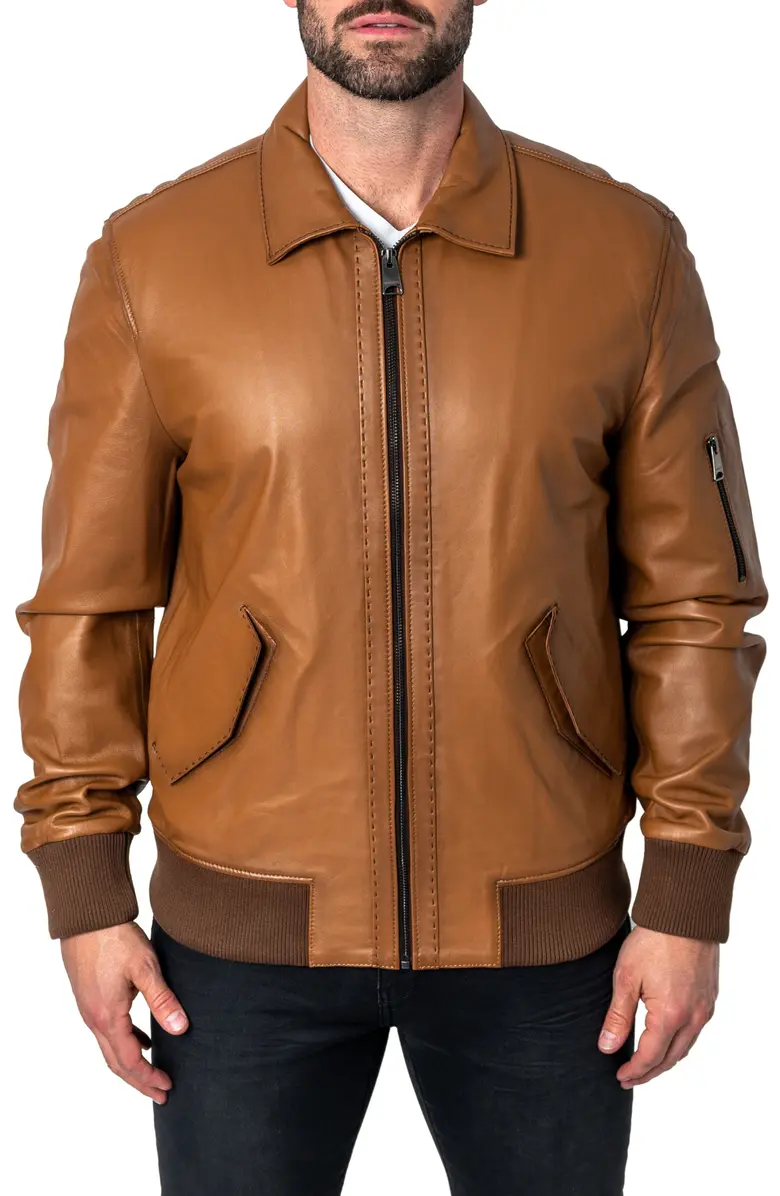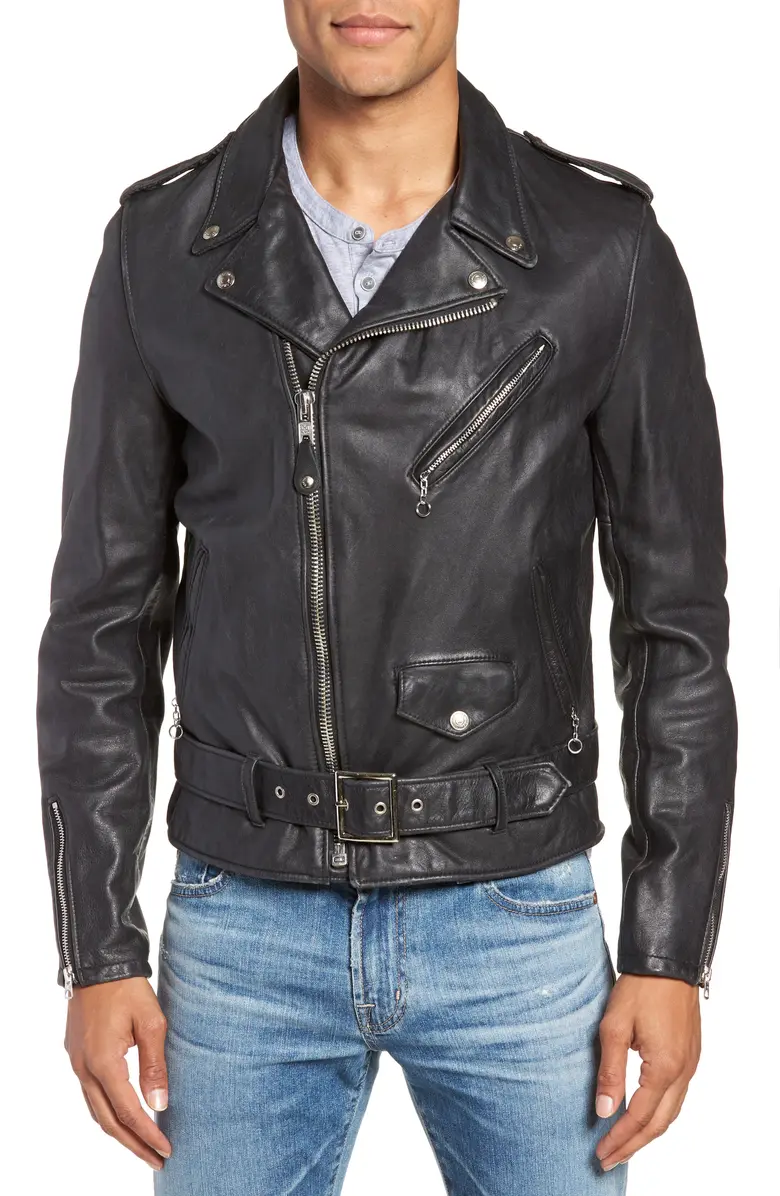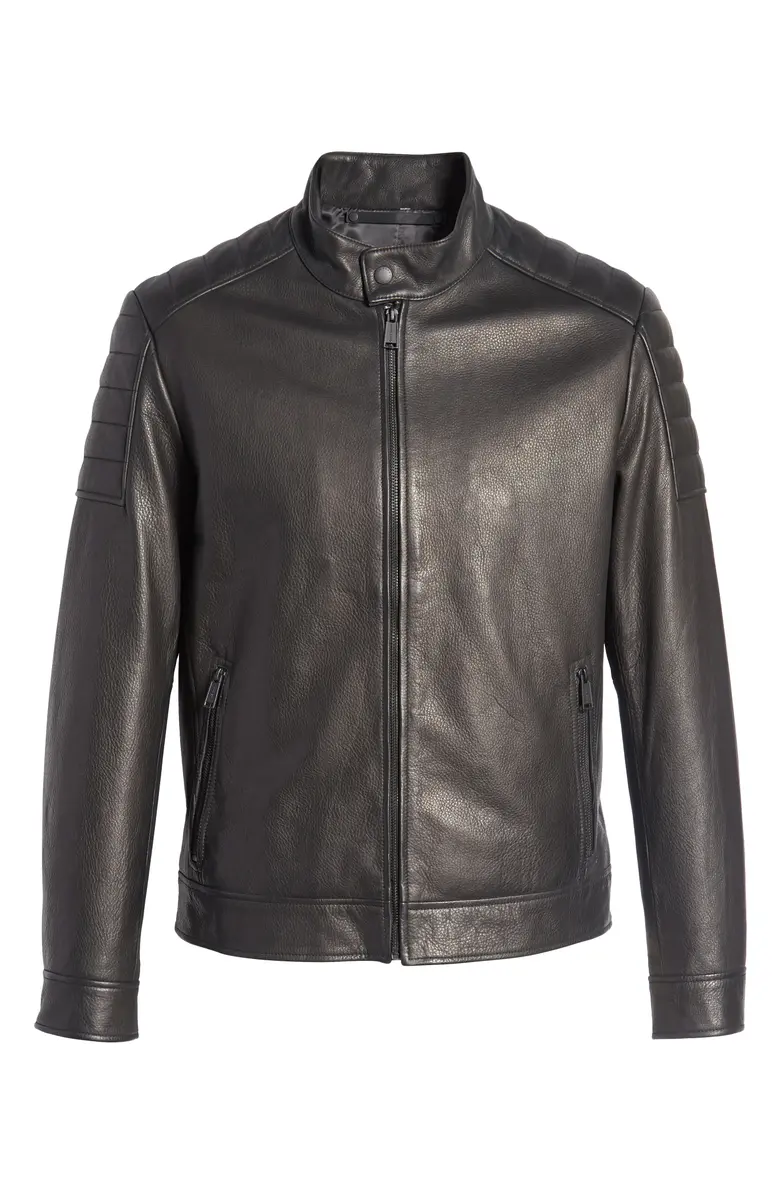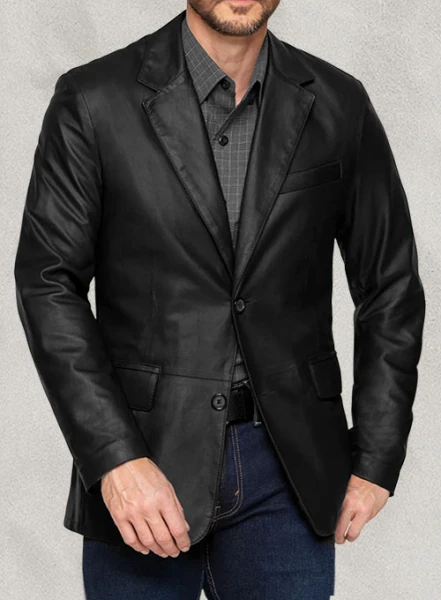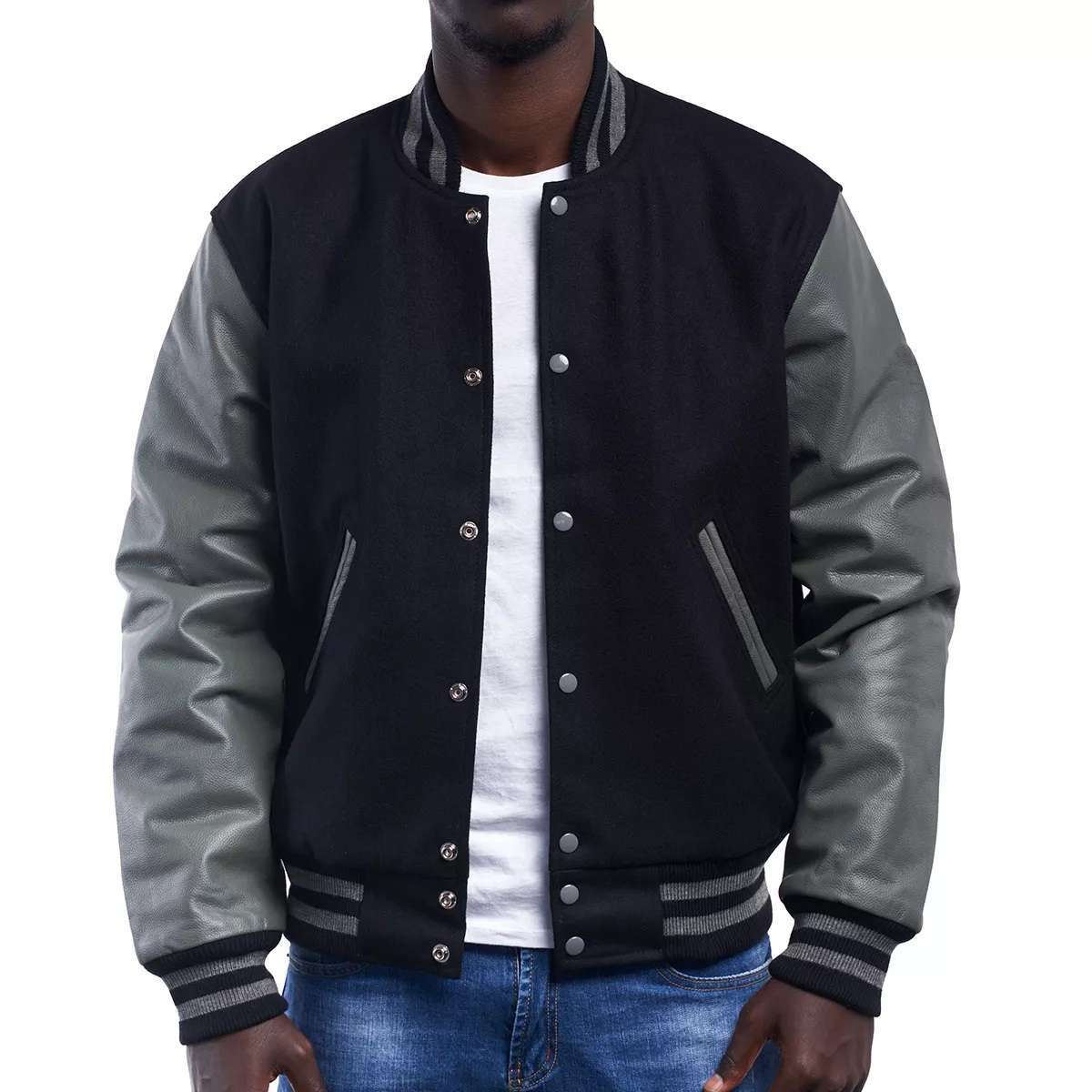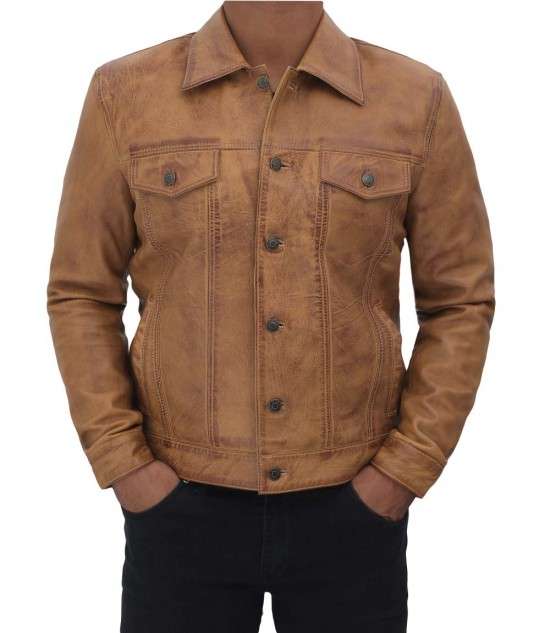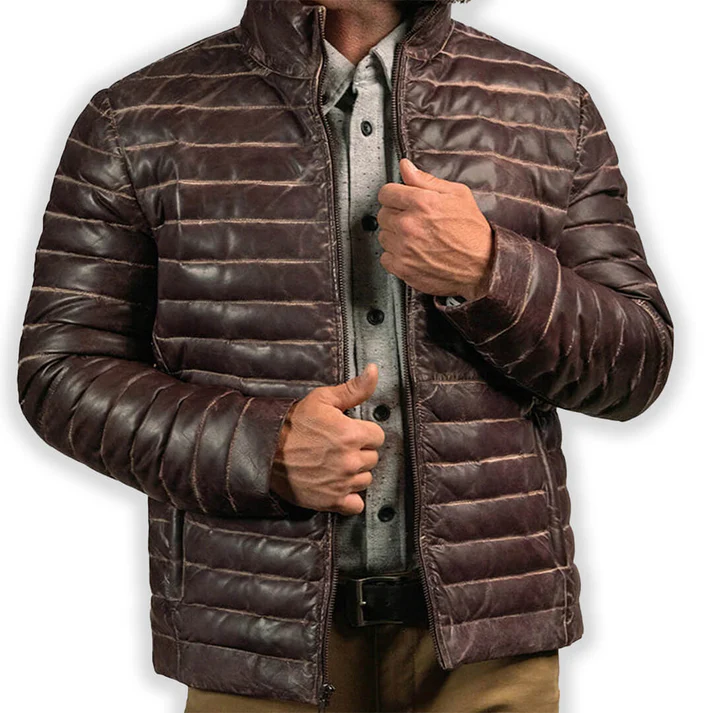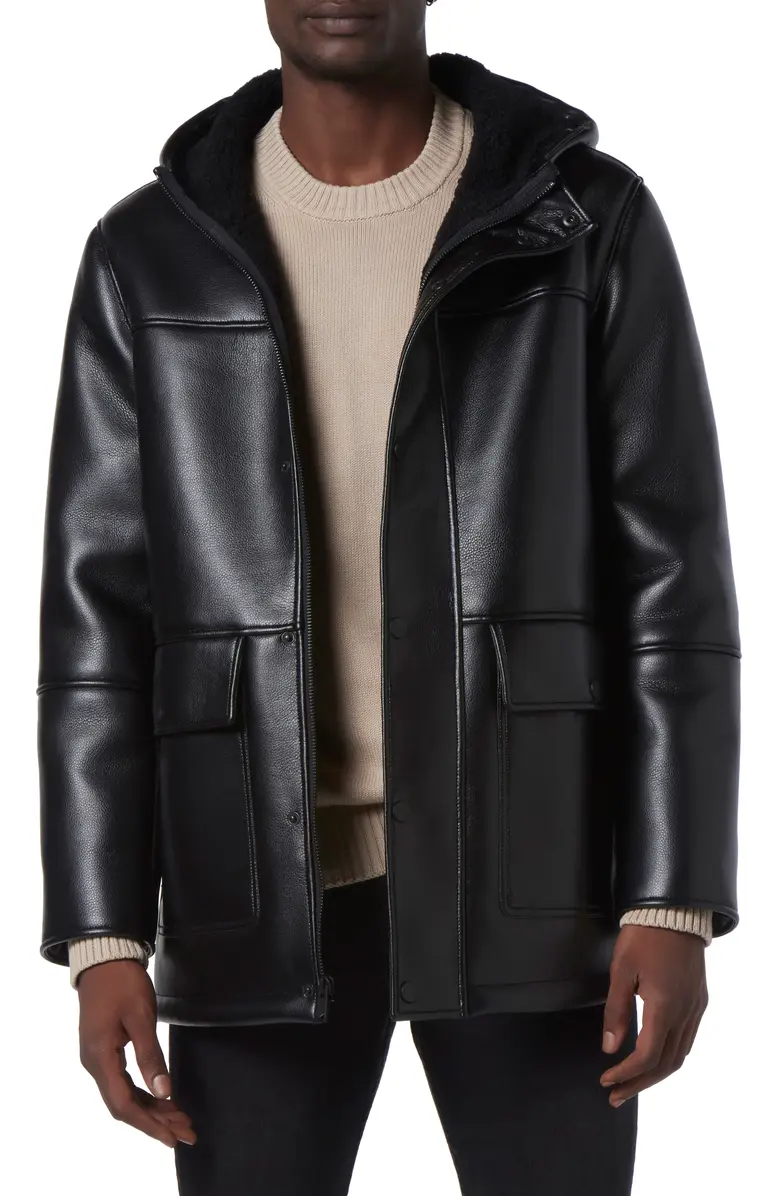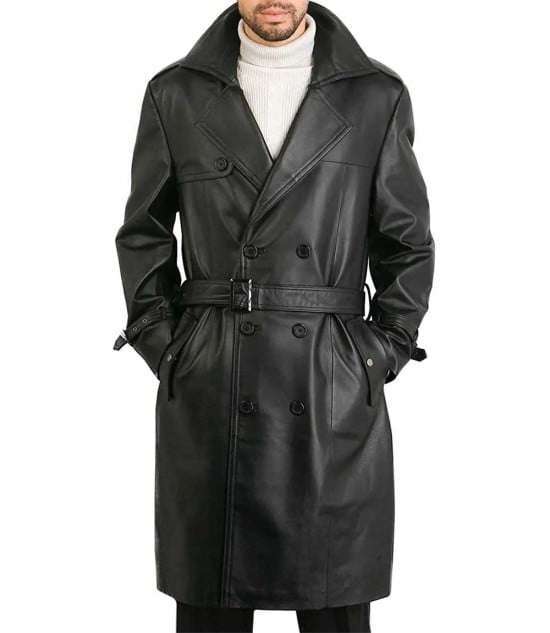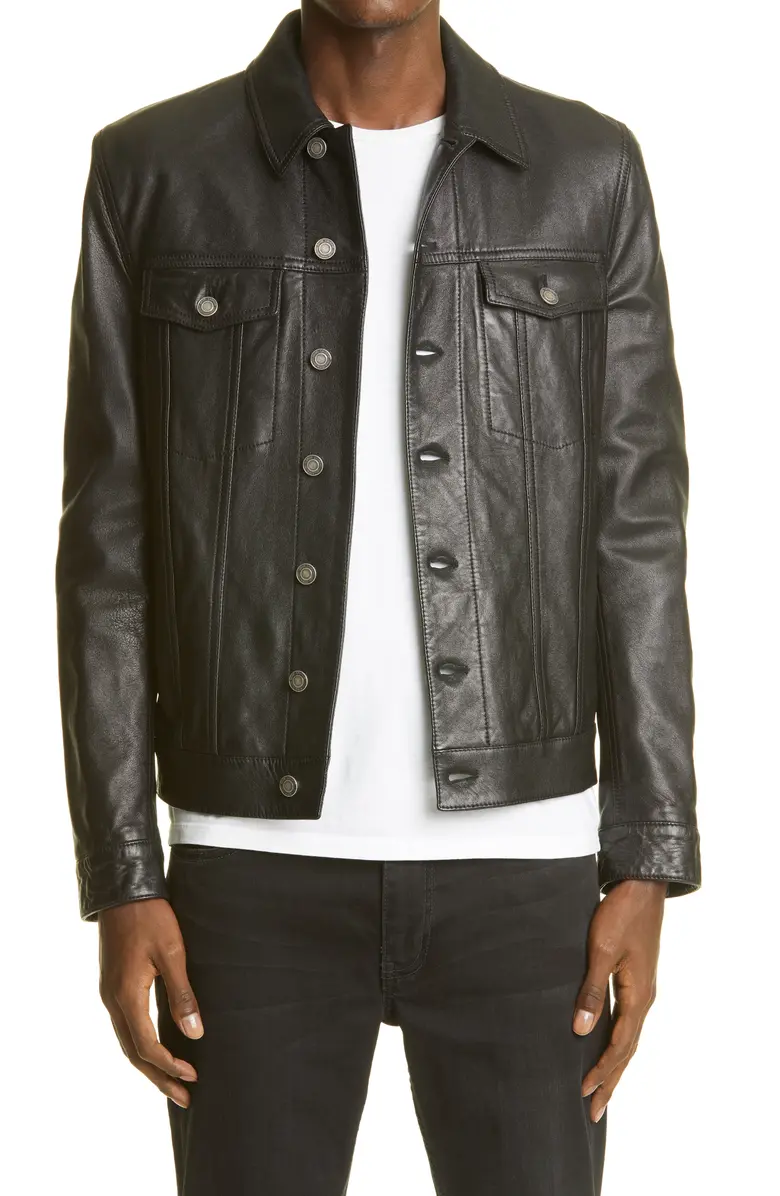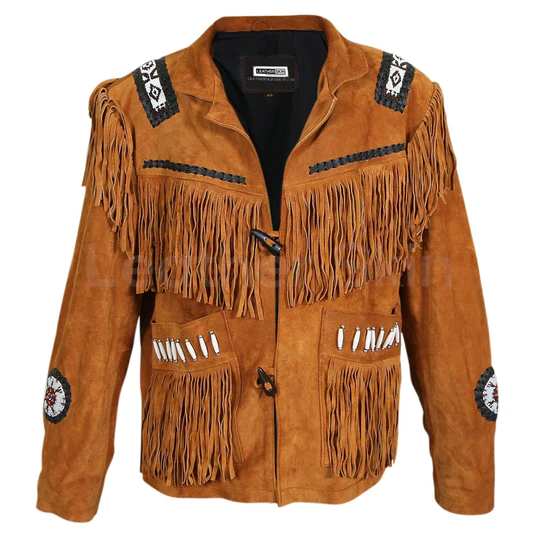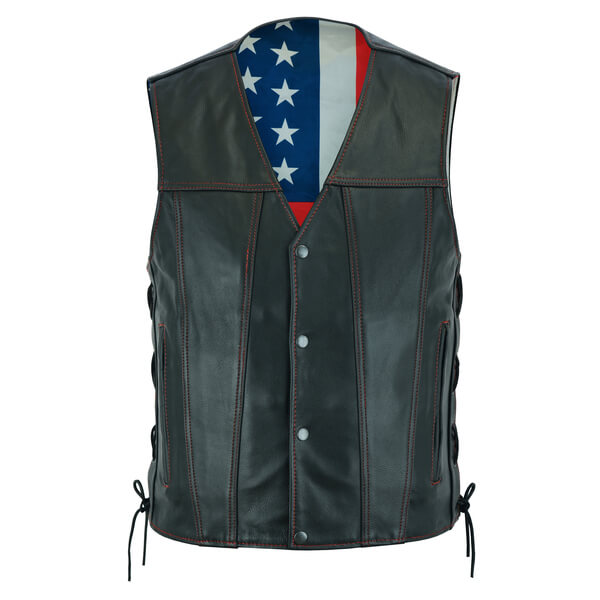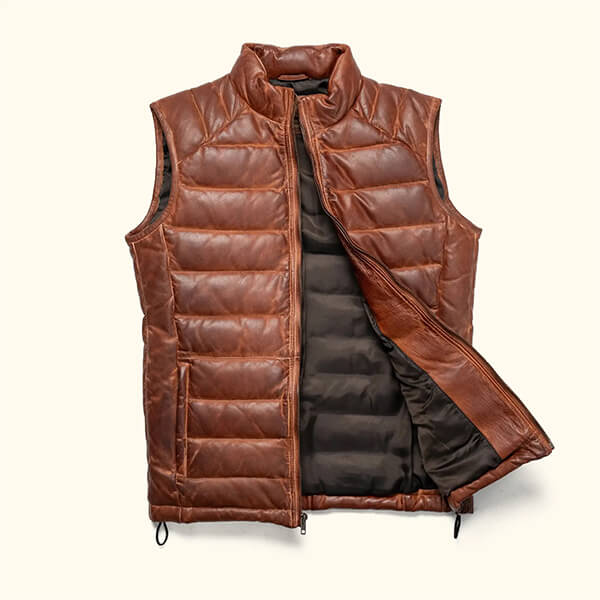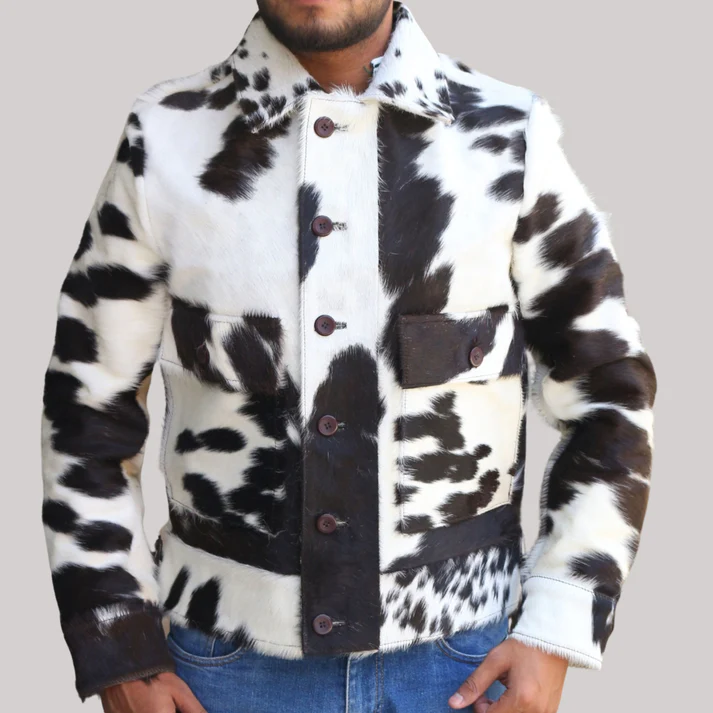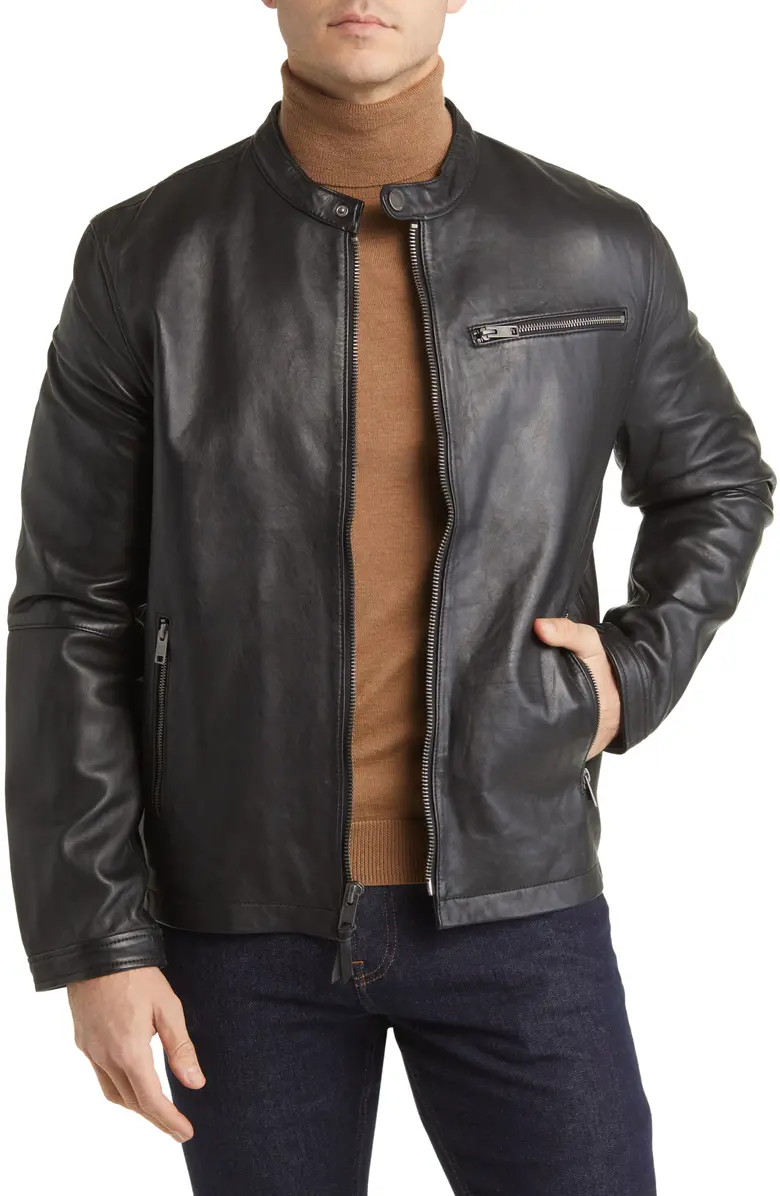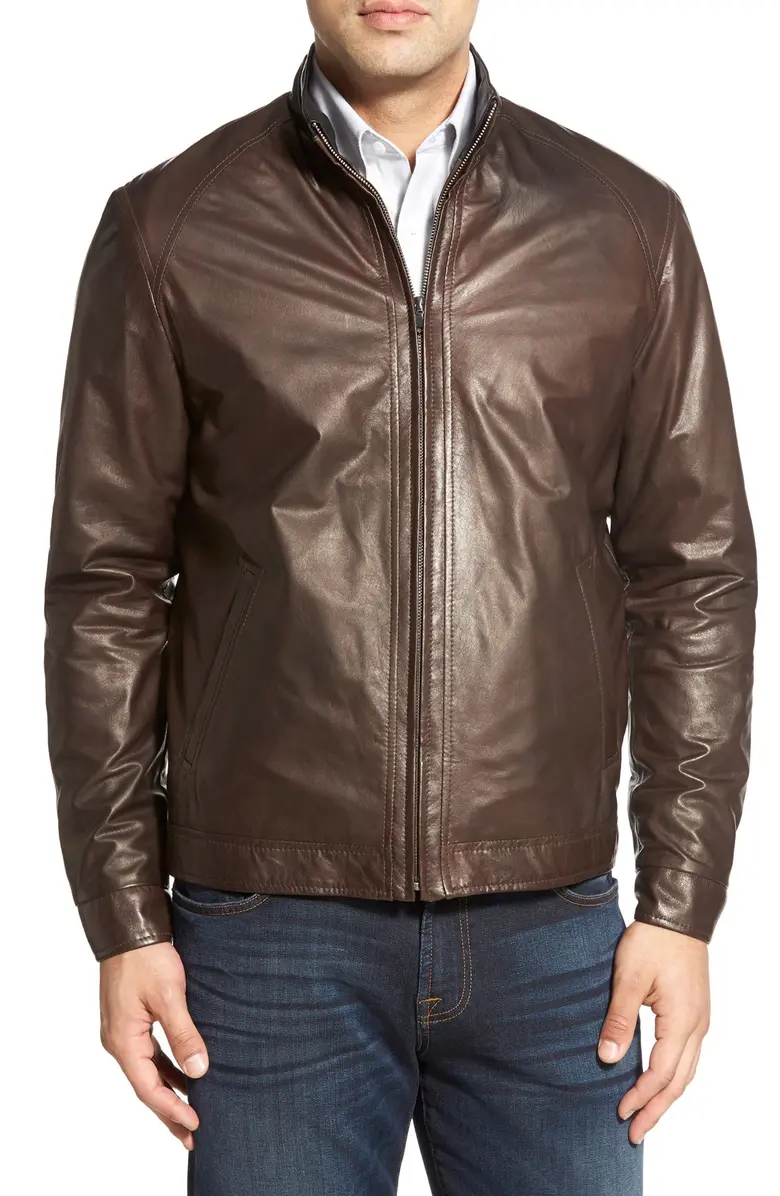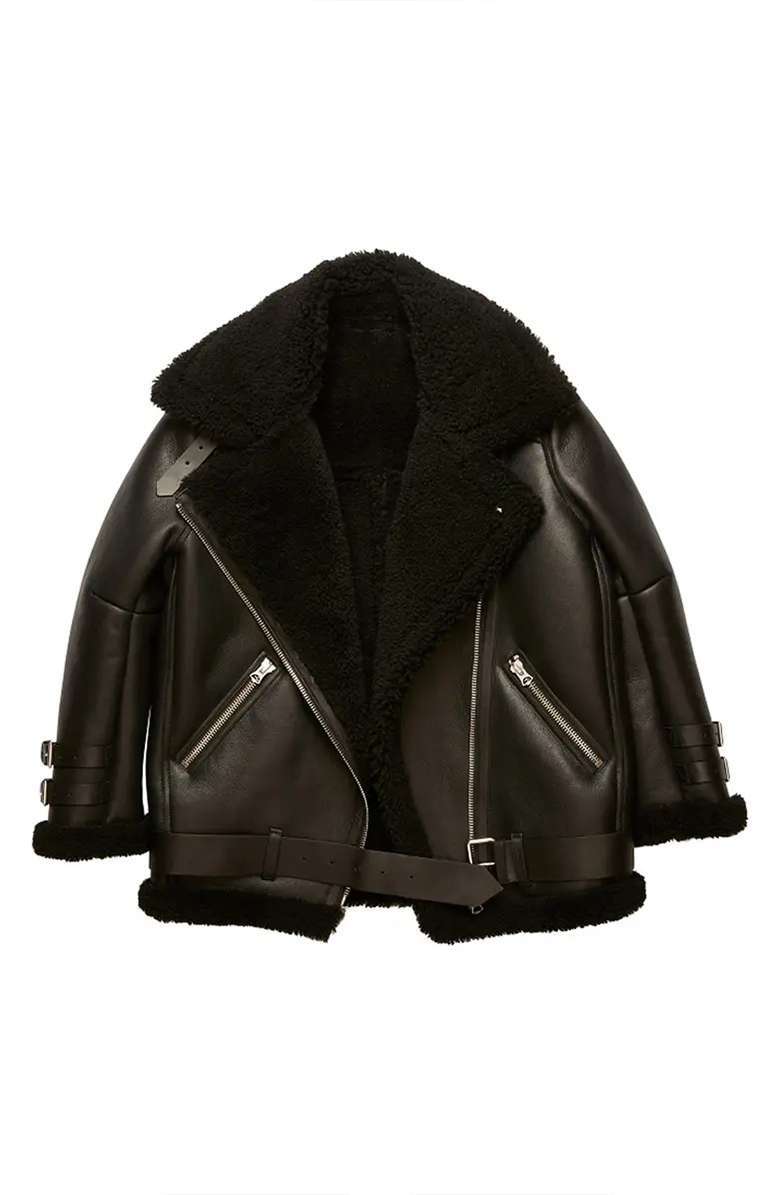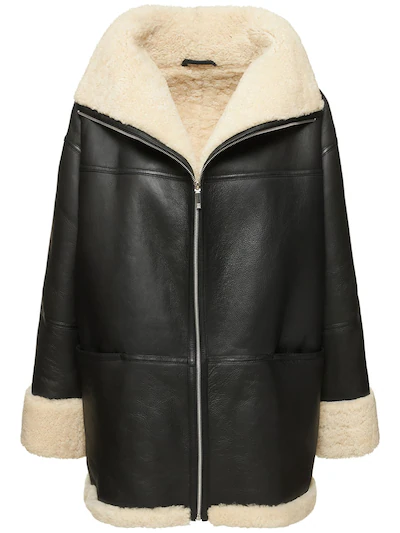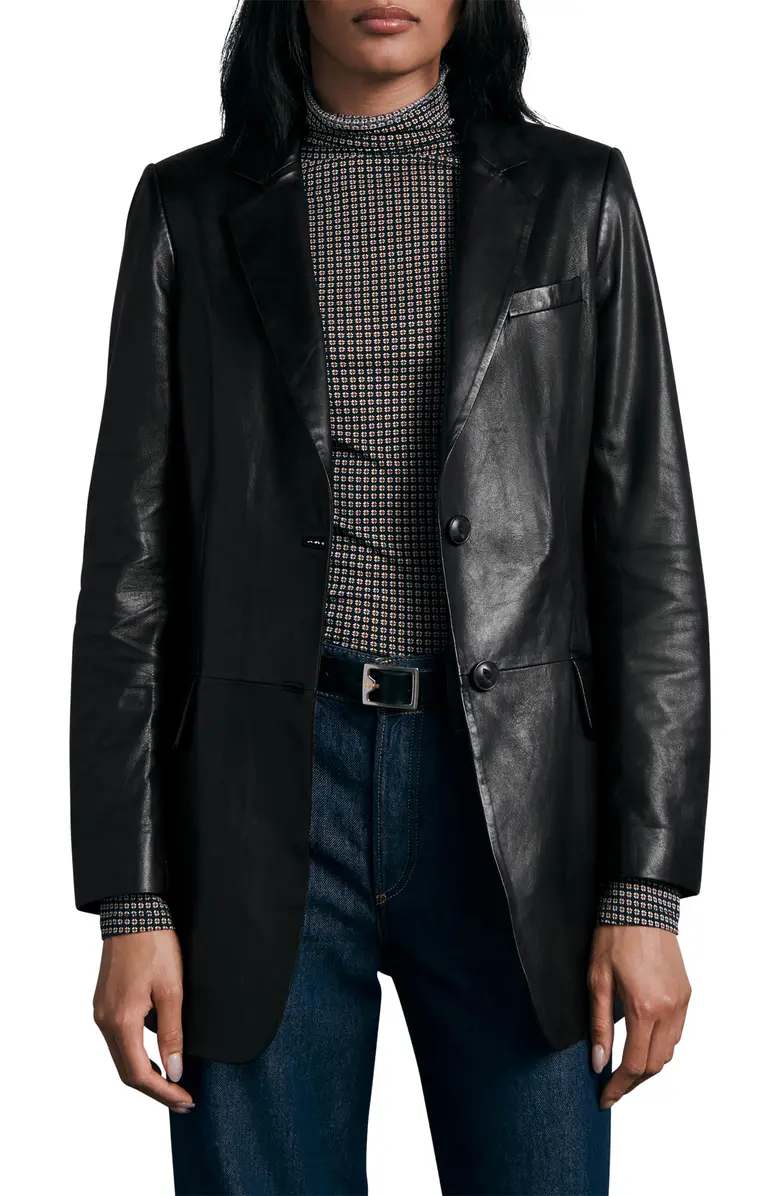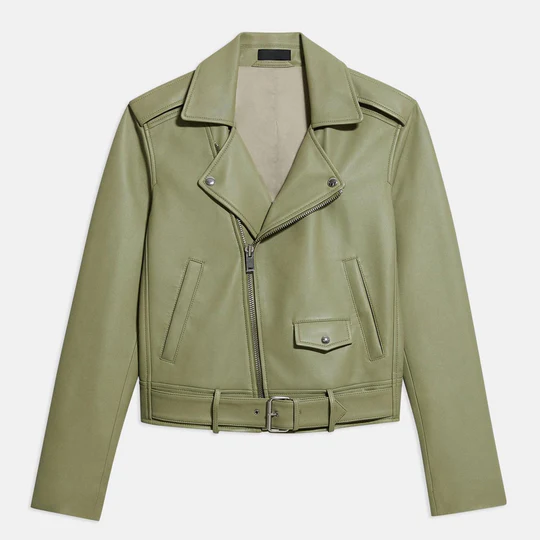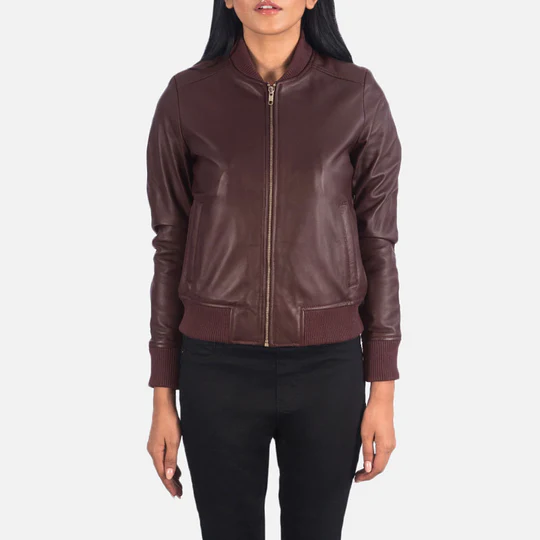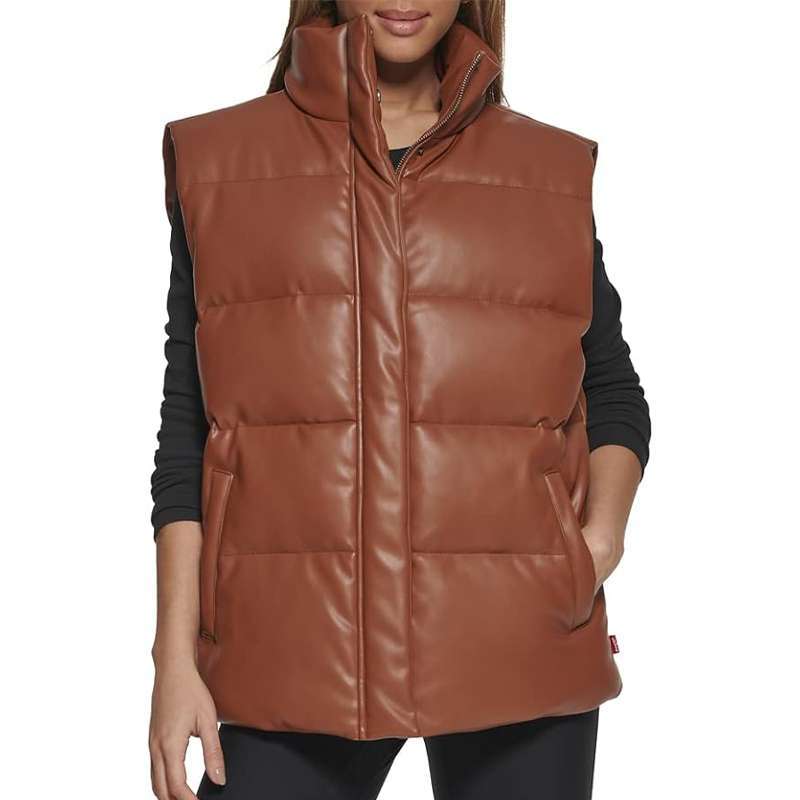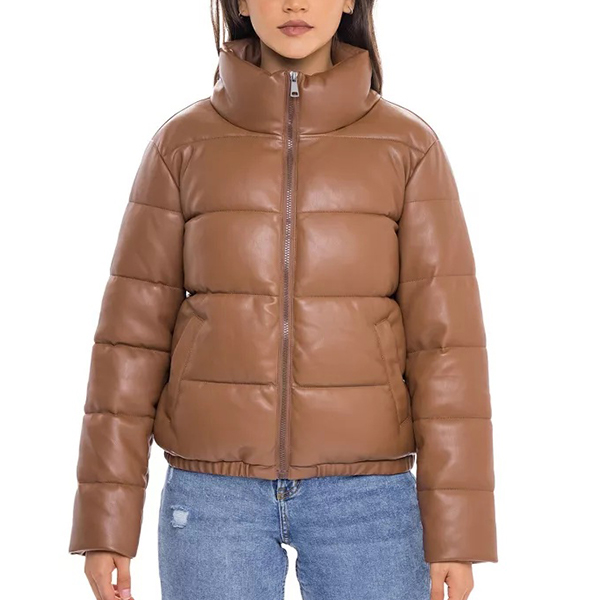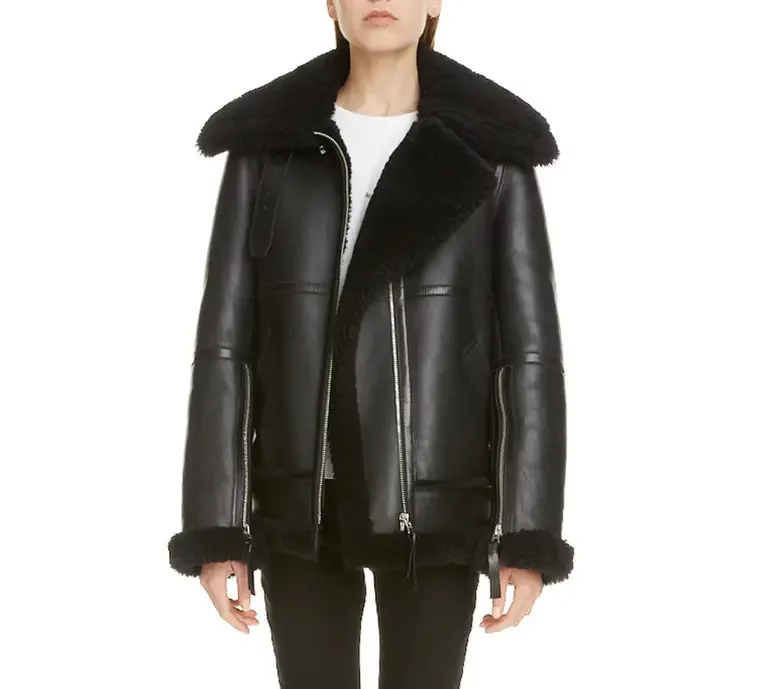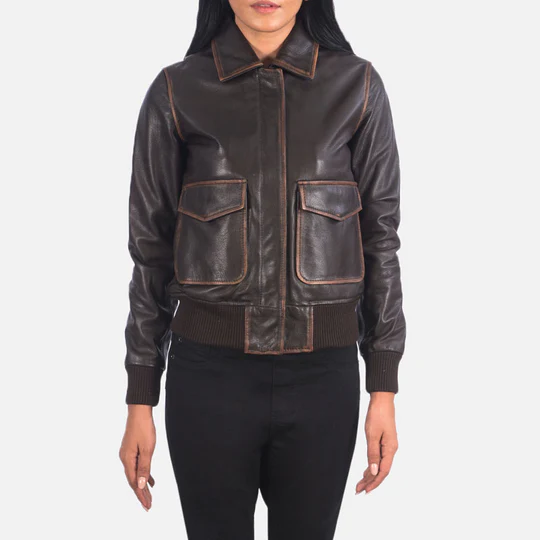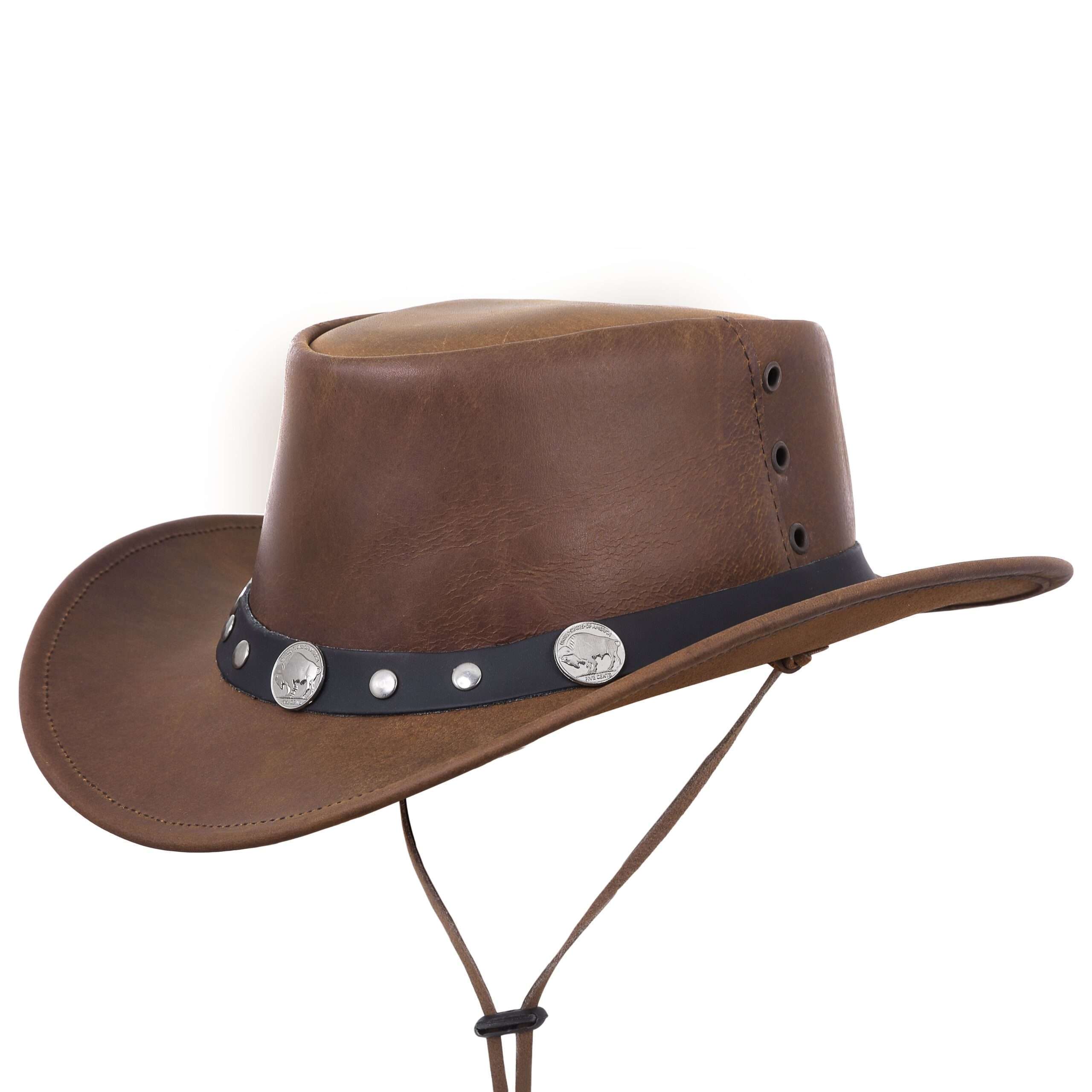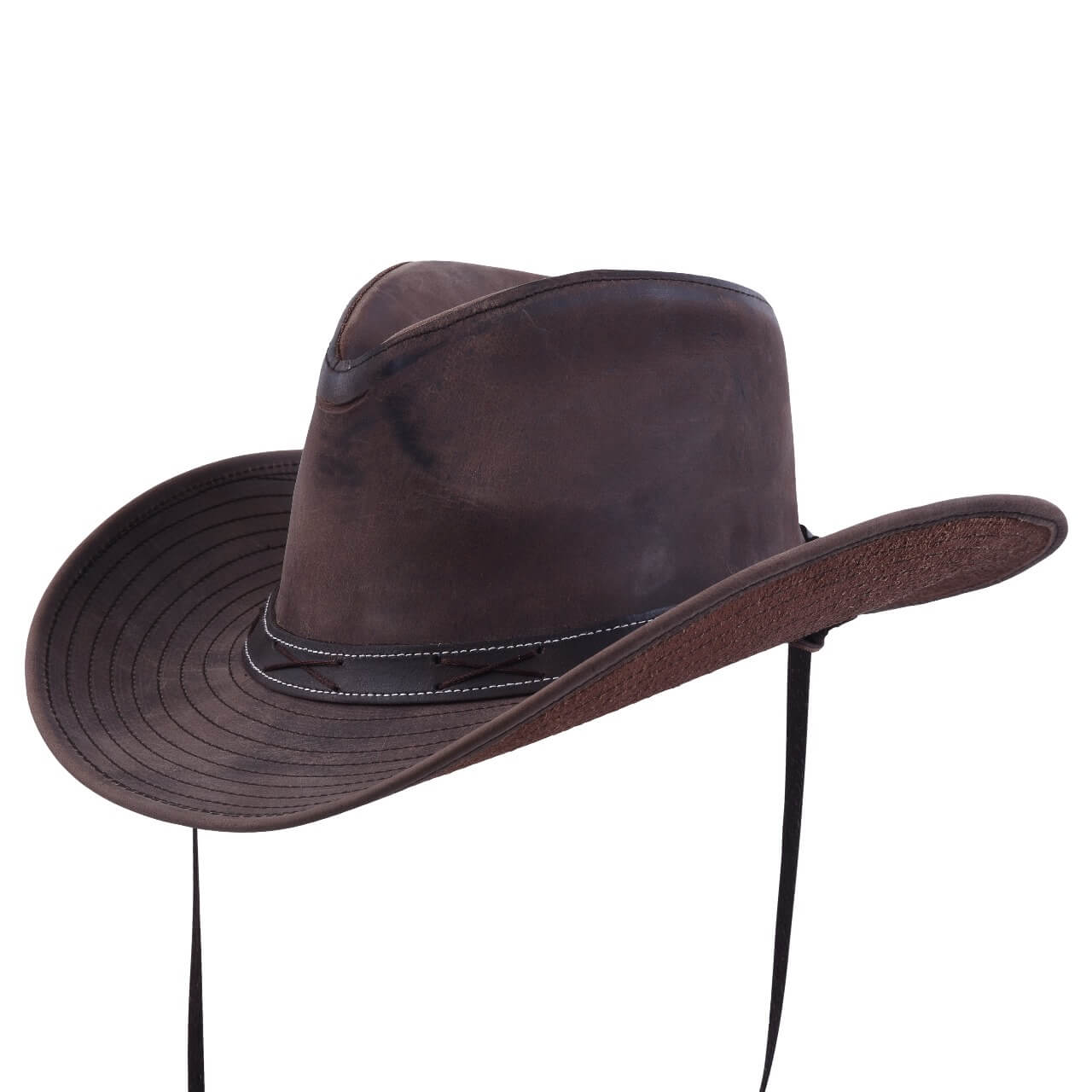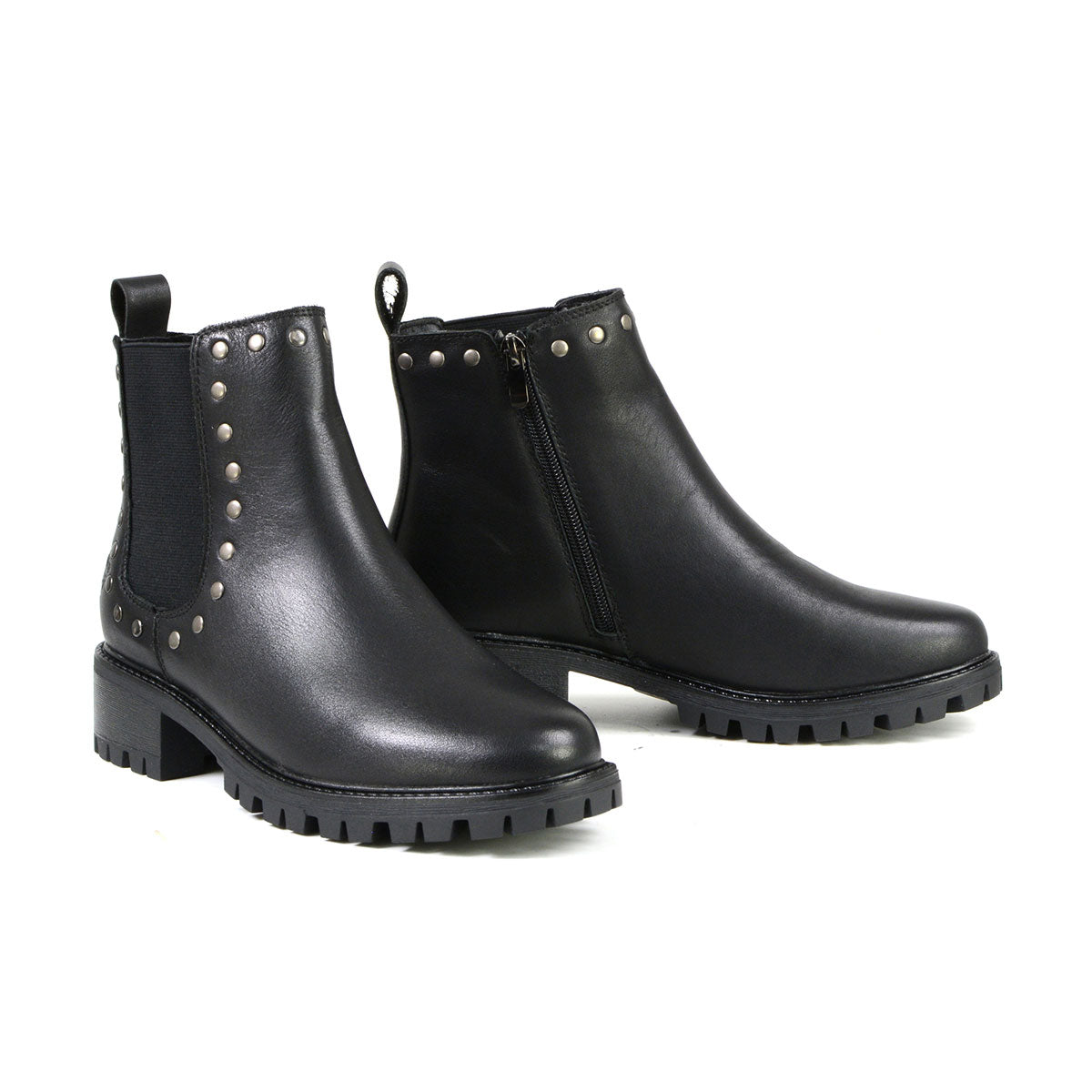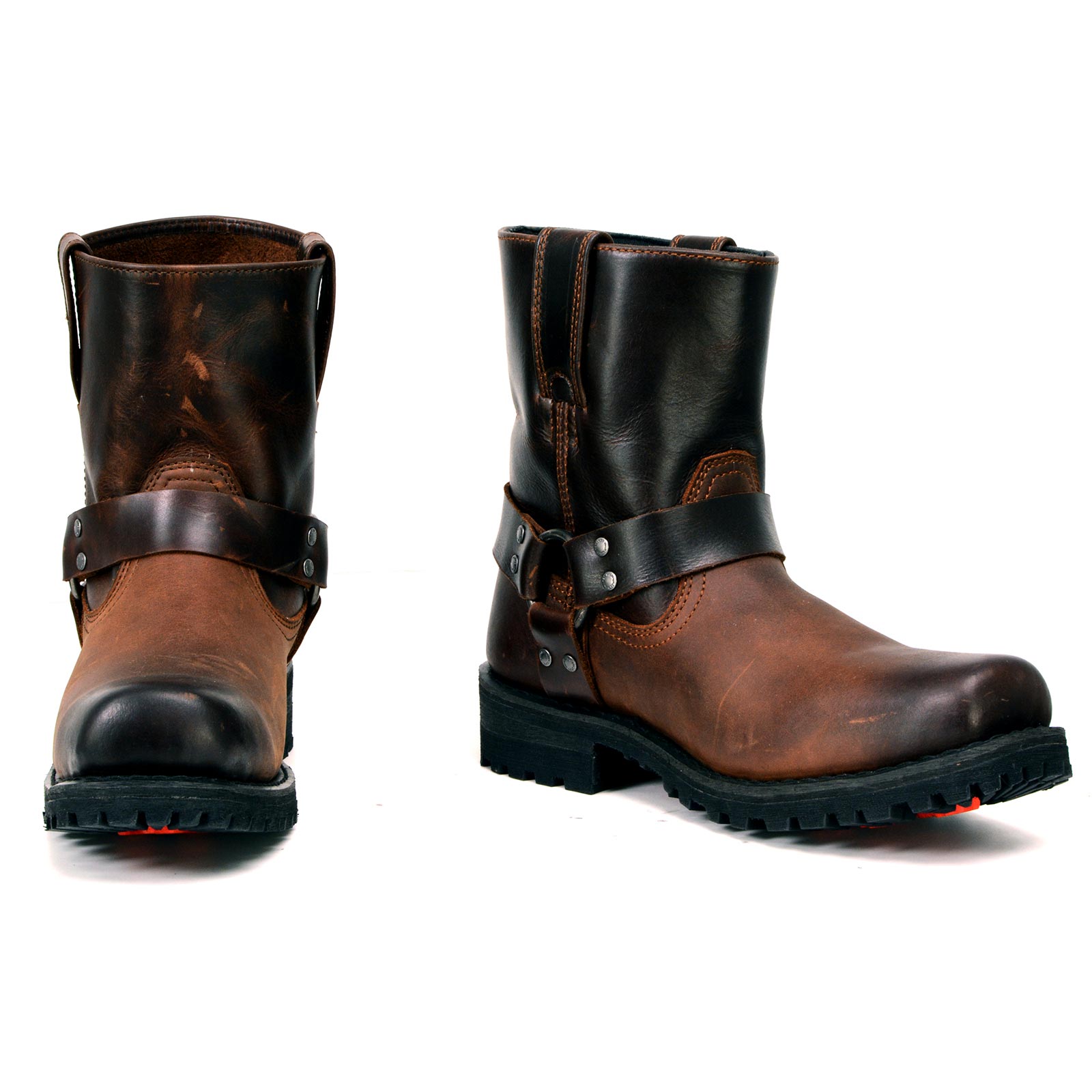Winter is a season characterized by cold temperatures and brisk winds, making it essential to prioritize staying warm and cozy. Finding the right winter apparel becomes crucial, not only for comfort but also for maintaining our overall well-being. In this article, we will explore the significance of staying warm during winter and why leather jackets stand out as one of the warmest and most fashionable choices for winter wear.
The Importance of Staying Warm in Winter
Winter weather brings a drop in temperature, which can have various effects on our bodies. Exposure to cold for extended periods can lead to discomfort, increased risk of illnesses like the common cold or flu, and even more serious conditions such as hypothermia. It is crucial to protect ourselves from the cold and maintain a warm body temperature to stay healthy and comfortable during the winter months.
The Role of Winter Apparel
Choosing the right winter apparel is essential for combating the cold weather and maintaining warmth. While there are numerous options available, not all provide the same level of insulation and protection. It is crucial to find apparel that effectively traps body heat, blocks cold air, and keeps us comfortable even in freezing temperatures.
Leather Jackets: A Warm Winter Apparel Choice
When it comes to warmth, leather jackets are renowned for their exceptional insulation properties. Made from animal hide, leather naturally possesses qualities that make it an ideal material for winter wear. Its thickness and density create a barrier against cold air, effectively trapping body heat and keeping the wearer warm and cozy.
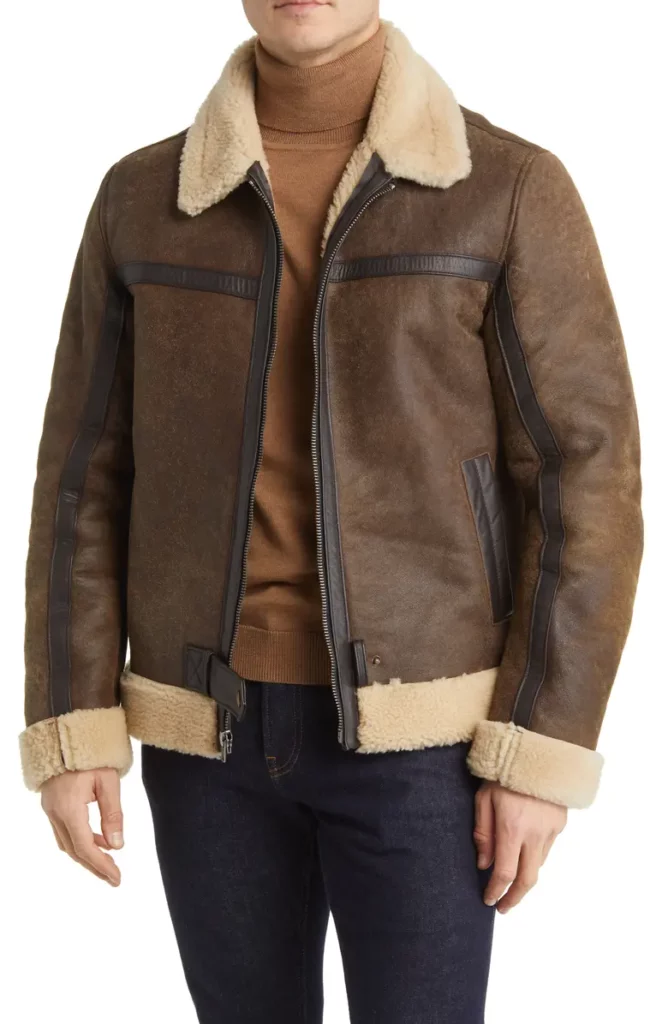
Sherpa Lined Genuine Leather Flight Bomber Aviator Jacket
Leather jackets have long been celebrated as a symbol of style and durability. However, their popularity is not solely based on aesthetics; leather jackets also offer exceptional warmth during the winter months. Let us delve into the science behind leather’s warmth, explore the insulation capabilities of different types of leather, and compare leather to other popular winter materials.
Explanation of Leather’s Natural Properties and Their Impact on Warmth
Leather is a natural material derived from animal hides. Its unique structure and composition contribute to its exceptional warmth-retaining properties. Leather consists of densely packed fibers that form a tight network, creating an effective barrier against cold air. This barrier prevents the escape of body heat and helps maintain a comfortable temperature inside the jacket. Additionally, leather is a good insulator because it is a poor conductor of heat. Unlike materials like metal or glass, leather does not readily transfer heat from the body to the surrounding environment. This property allows the body’s natural warmth to stay trapped within the jacket, keeping the wearer cozy even in freezing temperatures.
Insulation Capabilities of Different Types of Leather
Various types of leather offer different levels of insulation due to variations in their thickness, density, and natural properties. Two popular types of leather known for their excellent insulation capabilities are sheepskin and cowhide. Sheepskin leather is highly regarded for its warmth. It has a thick, soft, and fluffy texture that creates air pockets within the material. These air pockets act as additional insulation layers, trapping warm air and providing enhanced warmth. Sheepskin leather jackets are particularly effective in extremely cold climates, as they offer superior insulation against freezing temperatures. Cowhide leather, on the other hand, provides excellent insulation combined with durability. It is thicker and denser than sheepskin leather, offering a robust outer layer that can withstand harsh winter conditions. Cowhide leather jackets are known for their longevity and ability to provide reliable warmth even in colder environments.
Comparing Leather’s Insulation to Other Popular Winter Materials
While sherpa leather jackets are renowned for their warmth in particular, it is worth comparing their insulation capabilities to other commonly used winter materials, such as down and wool. Down jackets are popular for their lightweight feel and exceptional insulation. Down is the soft layer found beneath the feathers of waterfowl, providing excellent heat retention. However, when compared to leather, down jackets may not offer the same level of wind resistance. Leather jackets, with their dense structure, provide better protection against cold winds, making them more suitable for blustery winter conditions. Wool is another material often associated with warmth. It has natural insulating properties and can retain heat even when wet. However, wool may not provide the same level of durability as leather. Leather jackets are known for their longevity and ability to withstand wear and tear, making them a reliable option for long-term winter warmth. Leather jackets excel in their insulation capabilities due to the natural properties of leather. Different types of leather, such as sheepskin and cowhide, offer varying levels of warmth and durability. When compared to other popular winter materials like down and wool, leather jackets provide a balance of insulation, durability, and wind resistance, making them an ideal choice for staying warm during the winter months.
Factors Influencing Warmth in Leather Jackets
When it comes to leather jackets, warmth is a key factor in their appeal. The ability of a leather jacket to keep you warm depends on various factors, including the thickness of the leather, the lining materials used, and specific design features.
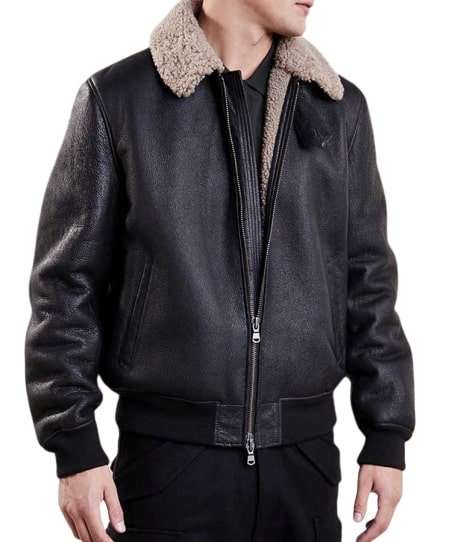
Classic Aviator Black Sherpa Leather Pilot Jacket
Leather Thickness and Its Correlation with Insulation
The thickness of the leather used in a jacket plays a significant role in its insulation capabilities. Thicker leather generally provides better insulation as it offers a greater barrier against cold air. Thicker hides have more density, creating a tighter structure that traps heat inside the jacket. This ensures that your body heat is retained, keeping you warm even in chilly weather conditions. It is important to note that while thicker leather generally offers better insulation, it may also affect the overall flexibility and drape of the jacket. It is essential to strike a balance between thickness and comfort to ensure that the jacket provides both warmth and ease of movement.
The Role of Lining Materials in Enhancing Warmth
The lining of a leather jacket contributes significantly to its warmth. Lining materials are strategically chosen to provide additional insulation and enhance the jacket’s ability to retain heat. Common lining materials include polyester, nylon, flannel, and even shearling. Polyester and nylon linings are lightweight and offer a smooth feel against the skin. They provide an extra layer of insulation and help trap body heat within the jacket. Flannel linings, on the other hand, are soft and cozy, offering warmth and comfort during colder temperatures. Shearling linings, typically made from sheepskin, provide excellent insulation and create a luxurious feel. The lining material should be carefully selected based on the desired level of warmth, comfort, and style. It should complement the leather and ensure that the jacket retains heat effectively.
Design Features that Contribute to Heat Retention
In addition to leather thickness and lining materials, specific design features can significantly impact the warmth provided by a leather jacket. The following design elements contribute to heat retention:
- Collar Style: A high collar, such as a stand-up collar or a double-layered collar, helps protect the neck area from cold drafts. This prevents heat loss from the upper body and enhances overall warmth.
- Cuffs: Well-designed cuffs with adjustable closures, such as snaps or zippers, create a snug fit around the wrists, preventing cold air from entering the sleeves. This helps maintain warmth and keeps the cold out.
- Closures: Quality closures, such as sturdy zippers or buttons, play a crucial role in sealing the jacket and preventing heat loss. They ensure that the jacket fits snugly and securely, reducing the risk of cold air seeping in.
- Pockets: Insulated pockets lined with similar materials to the jacket’s lining can provide extra warmth to the hands. They act as a buffer against the cold and help maintain overall body heat.
By considering these design features, leather jackets can be optimized for maximum warmth and comfort, ensuring that you stay cozy even in frigid temperatures.
Real-world Testing: Leather Jackets vs. Alternatives
When it comes to assessing the warmth provided by different types of winter apparel, real-world testing and research findings play a crucial role.
Research Findings on the Insulating Properties of Leather Jackets
Numerous studies have been conducted to evaluate the insulating capabilities of leather jackets. These studies focus on factors such as heat retention, wind resistance, and overall warmth. Research consistently highlights leather jackets as a reliable choice for winter wear due to their exceptional insulation properties. One study conducted by a renowned research institute found that leather jackets effectively trap body heat, providing warmth even in extremely cold temperatures. The research showed that the natural fibers and density of leather create an excellent barrier against cold air, preventing heat loss and maintaining a comfortable temperature within the jacket. Another research study compared the thermal resistance of different types of winter apparel materials, including leather, wool, and synthetic fabrics. The findings revealed that leather outperformed other materials in terms of insulation. It demonstrated superior heat retention, making it an ideal choice for individuals seeking warmth during the winter season.
Comparative Analysis of Leather Jackets with Other Winter Apparel Options
To understand the advantages of leather jackets over alternative winter apparel, it is essential to conduct a comparative analysis. Let’s explore how leather jackets stack up against other popular options:
- Down Jackets: Down jackets are known for their lightweight feel and excellent insulation. While down jackets provide warmth, they may lack the wind resistance offered by leather jackets. Leather’s dense structure acts as a shield against cold winds, making it a more suitable choice for blustery winter conditions.
- Wool Coats: Wool is a natural insulator and provides warmth even when wet. However, wool coats may not offer the same level of durability and longevity as leather jackets. Leather’s durability ensures that it retains its insulating properties and withstands wear and tear over time.
- Synthetic Jackets: Synthetic jackets, made from materials like polyester or nylon, offer decent insulation. However, they may not match the durability and wind resistance provided by leather jackets. Leather jackets offer a combination of warmth, longevity, and protection against the elements.
In this comparative analysis, leather jackets emerge as a versatile option that excels in both insulation and durability, making them an excellent choice for staying warm during winter.
Addressing Common Misconceptions
Leather jackets have long been celebrated for their warmth, durability, and timeless style. However, several misconceptions persist regarding their suitability for extremely cold climates, their warmth compared to synthetic materials, and their ethical and environmental impact. Let’s take a look at these misconceptions to provide a comprehensive understanding of leather jackets.
Debunking the Myth that Leather Jackets are not Suitable for Extremely Cold Climates
One common misconception is that leather jackets are not suitable for extremely cold climates. However, this myth is unfounded. Leather jackets, particularly those made from thicker and denser types of leather, such as sheepskin or cowhide, provide excellent insulation against cold weather. The natural properties of leather, including its density and ability to trap heat, make it a reliable choice for staying warm in extremely cold climates. Leather jackets act as a barrier against cold air, preventing heat loss from the body. With proper layering and insulation, leather jackets can effectively shield against freezing temperatures and keep the wearer comfortably warm. It is important to note that the design and construction of the jacket also play a crucial role in its ability to withstand extreme cold. Look for features such as a high collar, adjustable closures, and insulating lining materials to enhance the jacket’s performance in cold climates.
Refuting Claims that Synthetic Materials Surpass Leather in Terms of Warmth
Another misconception suggests that synthetic materials surpass leather in terms of warmth. While synthetic materials may offer decent insulation, they often fall short when compared to the natural insulating properties of leather. Leather, with its unique composition and density, provides superior warmth retention. Its ability to trap body heat and create a barrier against cold air sets it apart from synthetic alternatives. Leather jackets maintain their insulating properties even in challenging weather conditions, making them a preferred choice for warmth. Additionally, leather’s durability and resistance to wear and tear ensure that it retains its insulating capabilities over time. Synthetic materials, on the other hand, may lose their effectiveness and deteriorate more quickly, compromising their ability to provide consistent warmth.
Countering Arguments Against the Ethical and Environmental Aspects of Leather Jackets
Some arguments against leather jackets revolve around concerns about ethics and the environment. However, it is important to consider the broader context and understand the industry’s efforts towards ethical and sustainable practices. Ethical concerns regarding leather production often stem from issues related to animal welfare. It is crucial to support responsible sourcing practices that prioritize animal welfare, such as using hides obtained as a byproduct of the meat industry. By utilizing these byproduct hides, leather production reduces waste and makes use of a resource that would otherwise go unused. Regarding environmental impact, the leather industry has made significant strides in adopting sustainable practices. Efforts are being made to reduce water usage, implement cleaner production processes, and improve waste management. Additionally, the longevity and durability of leather jackets contribute to their sustainability, as they can outlast multiple synthetic alternatives, reducing the overall environmental footprint. By choosing leather jackets from reputable brands committed to ethical sourcing and sustainable practices, individuals can support the industry’s positive advancements and enjoy the warmth and style of these enduring garments.
Styling and Versatility of Leather Jackets
Leather jackets are not only known for their warmth but also for their timeless style and versatility. They can effortlessly elevate any outfit and add a touch of edginess to your winter wardrobe. In this section, we will explore the variety of leather jacket styles available, discuss how to incorporate them into different outfits and occasions, and highlight their status as a fashionable and functional winter wardrobe staple.
Exploring the Variety of Leather Jacket Styles Available
One of the reasons leather jackets remain a popular choice is the wide range of styles they come in. Each style offers a unique aesthetic, allowing individuals to find one that suits their personal taste and fashion preferences. Some popular leather jacket styles include:
- Classic Biker Jacket: The classic biker jacket features a cropped length, asymmetrical zip closure, and a wide collar with snap buttons. It exudes a rebellious and rugged look, making it a timeless symbol of cool.
- Moto Jacket: The moto jacket shares similarities with the biker jacket but often features additional details such as quilted panels, decorative zippers, and a more tailored fit. It offers a modern and slightly more refined take on the classic biker style.
- Bomber Jacket: Bomber jackets, originally designed for pilots, have become a fashion staple. They typically have a more relaxed fit, ribbed cuffs, and a zippered front. Bomber jackets offer a sporty yet stylish look, perfect for casual outfits.
- Aviator Jacket: Aviator jackets draw inspiration from military flight jackets. They feature a shearling or faux fur lining, a large collar, and a front zipper. Aviator jackets exude a rugged and luxurious appeal, making them suitable for both casual and dressier ensembles.
- Trench Coat: Leather trench coats provide a sophisticated and polished look. They often feature a longer length, a belted waist, and a wide collar. Trench coats offer versatility, as they can be worn for both formal and casual occasions.
How to Incorporate Leather Jackets into Different Outfits and Occasions
The versatility of leather jackets makes them suitable for various outfits and occasions. Here are some tips on how to incorporate them into your wardrobe:
- Casual Chic: Pair a classic biker jacket with a simple white t-shirt, skinny jeans, and ankle boots for an effortlessly cool and casual look. Add a scarf and some accessories to enhance the outfit.
- Edgy Glam: Layer a moto jacket over a flowy dress and accessorize with ankle boots and statement jewelry. This combination adds a touch of edginess to a feminine outfit.
- Office Attire: Opt for a tailored leather blazer or a trench coat and pair it with tailored trousers or a pencil skirt. Complete the look with a blouse and heels for a polished and professional ensemble.
- Evening Elegance: Wear a sleek leather jacket over a cocktail dress or jumpsuit for a stylish and contemporary evening look. Add high heels and statement earrings to elevate the outfit.
Remember to experiment with different textures, colors, and silhouettes to create unique and personalized outfits.
Highlighting Leather Jackets as a Fashionable and Functional Winter Wardrobe Staple
Leather jackets are not only fashionable but also functional during the winter season. Their natural insulation properties, wind resistance, and durability make them an ideal choice for staying warm in style. Whether you’re going for a casual look or dressing up for a special occasion, leather jackets effortlessly blend fashion and functionality. Additionally, leather jackets age beautifully, developing a unique patina over time, which adds to their charm and individuality. With proper care, a leather jacket can last for years, becoming a cherished wardrobe staple that transcends seasonal trends. Leather jackets offer a wide variety of styles, allowing individuals to find one that suits their personal style. They can be incorporated into different outfits and occasions, adding an element of cool and sophistication. As a fashionable and functional winter wardrobe staple, leather jackets provide warmth, durability, and timeless appeal.
Caring for Leather Jackets: Longevity and Maintenance
Leather jackets are not only a stylish addition to your wardrobe but also an investment in quality and durability. To ensure that your leather jacket retains its warmth, beauty, and functionality for years to come, proper care and maintenance are essential. Following are some valuable tips on caring for your leather jacket, recommended cleaning and conditioning techniques, and expert advice on storing it during the off-season.
Tips for Proper Leather Jacket Care to Ensure Optimal Warmth and Durability
- Avoid Excessive Moisture: Leather jackets should be protected from excessive moisture, as it can damage the leather and lead to mold or mildew growth. If your jacket gets wet, gently pat it dry with a soft cloth and allow it to air dry naturally away from direct heat sources.
- Protect from Sunlight and Heat: Prolonged exposure to sunlight and direct heat can cause the leather to fade, crack, or become brittle. Whenever possible, avoid leaving your jacket in direct sunlight or near heat sources like radiators or heaters.
- Handle with Clean Hands: Before touching your leather jacket, ensure your hands are clean to prevent any oils, dirt, or stains from transferring onto the leather. Regularly clean your hands and avoid using hand lotions or creams that can leave residue on the jacket.
- Invest in a Leather Protectant: Applying a leather protectant spray or cream can help create a barrier against moisture, stains, and UV damage. Follow the product instructions and apply it evenly to your jacket after cleaning and conditioning.
- Regularly Inspect for Damage: Check your leather jacket regularly for any signs of damage, such as loose stitches, tears, or scuffs. Repair minor issues promptly to prevent them from worsening and compromising the jacket’s integrity.
Recommended Cleaning and Conditioning Techniques
- Spot Cleaning: For small stains or spills, use a damp cloth or sponge and mild soap to gently clean the affected area. Avoid using harsh chemicals or abrasive cleaners that can damage the leather.
- Professional Cleaning: For deep cleaning or tough stains, it is best to take your leather jacket to a professional leather cleaner. They have the expertise and specialized equipment to effectively clean and restore your jacket without causing damage.
- Conditioning: Leather jackets benefit from regular conditioning to keep the leather supple and prevent drying or cracking. Apply a leather conditioner following the product instructions, focusing on areas that are prone to wear or contact, such as elbows and cuffs.
- Test Before Application: When using any cleaning or conditioning products, it is important to test them on a small, inconspicuous area of your jacket first to ensure compatibility and avoid any potential discoloration or damage.
Expert Advice on Storing Leather Jackets During the Off-Season
- Clean and Condition: Before storing your leather jacket for an extended period, ensure it is clean and properly conditioned. This will help protect the leather and prevent it from drying out or developing stains during storage.
- Use a Breathable Garment Bag: Place your leather jacket in a breathable garment bag to protect it from dust and light exposure. Avoid using plastic bags or covers that can trap moisture and lead to mold or mildew growth.
- Store in a Cool, Dry Place: Choose a cool, dry location for storing your leather jacket. Avoid areas with high humidity or extreme temperature fluctuations, such as basements or attics.
- Avoid Folding: To prevent creases and maintain the shape of your leather jacket, avoid folding it if possible. Instead, hang it on a sturdy, padded hanger to allow it to retain its natural form.
- Regularly Air it Out: Occasionally take your leather jacket out of storage and give it some time to breathe. This will help prevent any musty odors and allow the leather to maintain its freshness.
By following these care tips and techniques, you can ensure the longevity, warmth, and beauty of your leather jacket, making it a cherished and enduring part of your wardrobe.
The Price of Warmth: Leather Jackets as an Investment
When it comes to winter apparel, finding the perfect balance between warmth, durability, and style is essential. Leather jackets have long been recognized as a timeless and fashionable choice, but they are also an investment worth considering. As we bring it to a close, we will discuss the cost-effectiveness of leather jackets in terms of longevity, compare their durability to other winter garments, and highlight the value they bring as a long-term investment in warmth and style.
Discussing the Cost-Effectiveness of Leather Jackets in Terms of Longevity
While the initial price tag of a leather jacket may seem higher compared to other winter garments, their longevity makes them a cost-effective choice in the long run. Genuine leather is a durable and resilient material that can withstand years of wear when properly cared for. Unlike synthetic materials that may show signs of wear and tear over time, a well-maintained leather jacket can maintain its quality and appearance for decades. Leather jackets are crafted with attention to detail and superior craftsmanship, ensuring their longevity. They are designed to withstand the test of time, making them a worthwhile investment that can surpass seasonal trends and remain a staple in your wardrobe for years to come.
Comparing the Durability of Leather Jackets to Other Winter Garments
When compared to other winter garments, leather jackets often outshine in terms of durability. Fabrics like wool, down, and synthetic materials may offer warmth, but they can be prone to pilling, matting, or losing their loft over time. This can diminish their insulation properties and overall appearance. In contrast, leather jackets are highly resistant to wear and tear. The natural properties of leather, including its strength and flexibility, contribute to its exceptional durability. Leather is less likely to fray, tear, or lose its shape, allowing it to maintain its structure and warmth throughout the years. With proper care, leather jackets can retain their original beauty and functionality for a remarkably long time.
Highlighting the Value of Leather Jackets as a Long-Term Investment in Warmth and Style
Beyond their durability, leather jackets hold great value as a long-term investment in both warmth and style. They offer a timeless and versatile appeal that transcends fleeting fashion trends. The classic designs of leather jackets, such as the biker, moto, or bomber styles, have remained iconic for decades, making them a staple in fashion-conscious wardrobes. Moreover, leather jackets age gracefully, developing a unique patina and character over time. Each mark and crease tell a story, making your leather jacket a personalized item that reflects your individuality. Unlike mass-produced garments, leather jackets carry a sense of craftsmanship and exclusivity, adding to their overall value. While the initial cost of a leather jacket may be higher, its longevity and durability make it a cost-effective choice in the long run. Leather jackets surpass other winter garments in terms of durability, and they offer timeless style and versatility. Consider a leather jacket as a long-term investment in both warmth and fashion, knowing that it will continue to provide you with comfort and style for years to come.
Conclusion
Leather jackets have proven themselves to be an exceptional choice for staying warm in winter. Their natural properties, insulation capabilities, and durability set them apart from other winter apparel options. Leather jackets offer a timeless and versatile style that can be effortlessly incorporated into various outfits and occasions. They are an investment worth considering, providing unparalleled warmth and enduring quality. We encourage you to explore and experience the exceptional warmth of leather jackets. Discover the perfect style that resonates with your personal taste and embrace the confidence and comfort they bring. Stay warm, stay stylish, and enjoy the winter season with the enduring appeal of a leather jacket.
